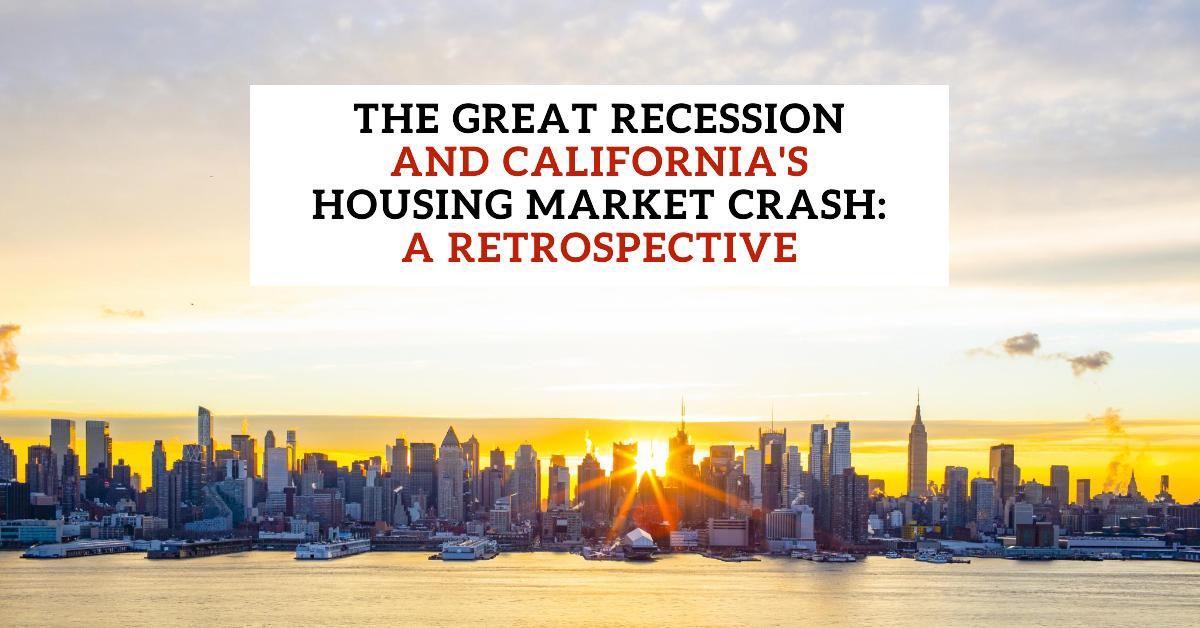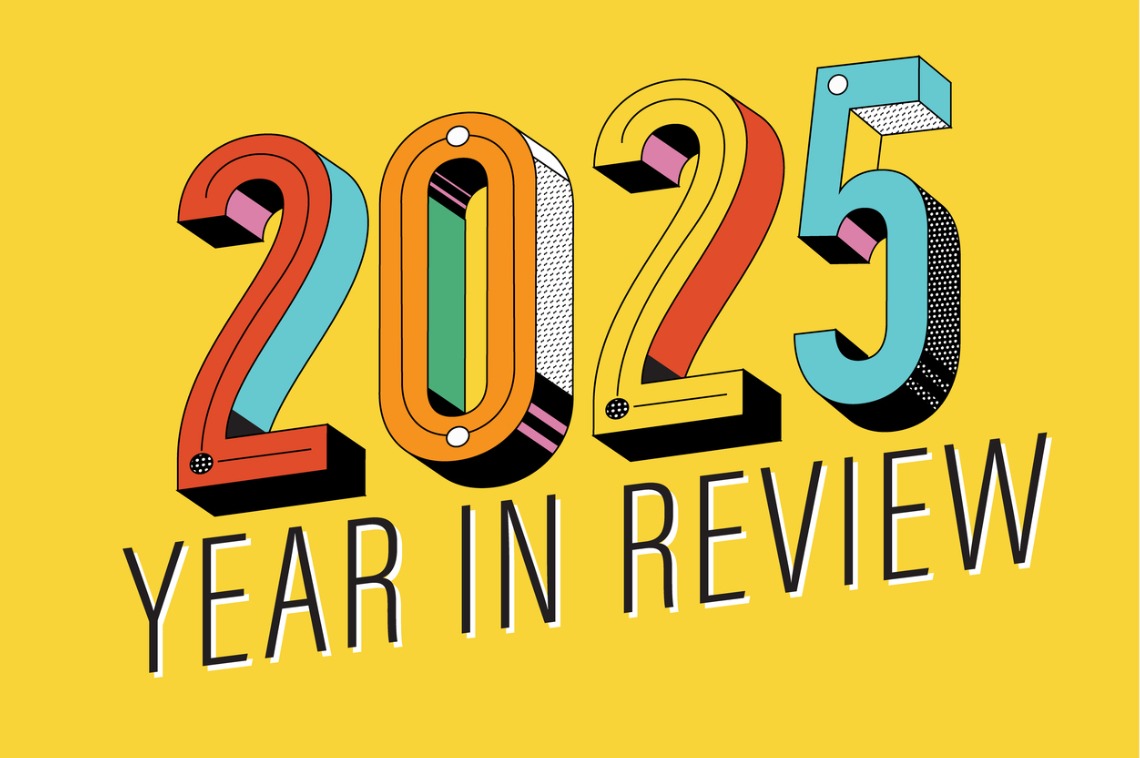T
he California housing market has been known to be a significant indicator of national housing trends due to its frequent fluctuations and substantial price increases followed by sharp corrections. Understanding the historical context of these movements can provide valuable insights for potential homebuyers, investors, and policymakers alike.
The Boom and Bust Cycle
California's housing market experienced a significant boom in the early 2000s, primarily fueled by the availability of subprime mortgages and speculative investments. By mid-2006, the median home price in California had reached approximately $576,000, more than double the level in mid-2001.
This rapid appreciation was not confined to select areas; price increases were widespread, with nearly all but two major economic regions experiencing over 100 percent increases during that five-year period. While median prices ranged from $350,000 to $400,000 in major inland regions, they soared to almost $750,000 in coastal regions of the state.
The accessibility of adjustable-rate mortgages allowed many first-time buyers to enter the market, further inflating demand. However, these astronomical price levels also led to severe affordability challenges. In mid-2006, home prices were at all-time highs, while home affordability was at all-time lows, slowing housing markets and leading to modest price declines in some regions by late 2006.
The Crash: A Turning Point
The euphoria of the housing boom came to an abrupt halt in 2007 when signs of a looming crisis became evident. As mortgage defaults surged, particularly in subprime lending, the bubble burst. California was hit hard; by early 2009, home prices had plummeted, with values declining by over 30% from their peak. Many homeowners found themselves underwater, owing more than their properties were worth.
The ramifications were felt nationwide, but California's economic ties to technology and finance made the recovery particularly challenging. The state could not shake off the effects of the downturn until 2012, when home prices began to stabilize and eventually rise once again.
Subsequent Ups and Downs
After the 2008 crash, California's housing market saw a sluggish recovery until the mid-2010s, when prices began to soar again, driven by a robust job market, low-interest rates, and an influx of technology companies into regions like the San Francisco Bay Area. This resurgence led to struggles with affordability, creating a disparity between wages and home prices. By 2020, California's median home price surpassed $700,000, reflecting a renewed interest in real estate, despite the ongoing challenges for many potential buyers.
The Impact of COVID-19 and Recent Trends
The onset of the COVID-19 pandemic in 2020 disrupted economic patterns across the globe, but it also led to a surprising surge in California's housing market. Remote work allowed for greater flexibility, with many buyers seeking larger homes or moving to suburban areas. Prices surged to unprecedented levels, with the median price hitting over $800,000 in 2021.
However, the rapid price increase raised alarms about the sustainability of such growth. By late 2023, various signals indicated that the market was becoming overheated. The Federal Reserve's decision to raise interest rates to combat inflation added to concerns, as higher borrowing costs can deter prospective buyers and lead to falling prices.
As of July 2024, the statewide median home price in California is now $886,560, up 6.5 percent from $832,530 in July 2023. It has slipped after setting a record high earlier in May (according to data by C.A.R.). The year-over-year gain was the 13th straight month of annual price increases.
Looking Ahead
As we move through 2024, the question arises: will California's housing market face another significant downturn? Historical trends suggest that while the market may correct in response to rising interest rates and economic pressures, the resilience of California's economy and its desirable locations may shield it from a crash akin to that of 2008.
To sum up, California's housing market has always been a complex interplay of economic forces, consumer behavior, and external shocks. Its history of booms and busts underlines the importance of staying informed about market trends, economic conditions, and potential future shifts in policies that could affect housing prices. As potential buyers and investors observe the current landscape, a keen understanding of the past can serve as a vital guide for navigating this unpredictable market.














